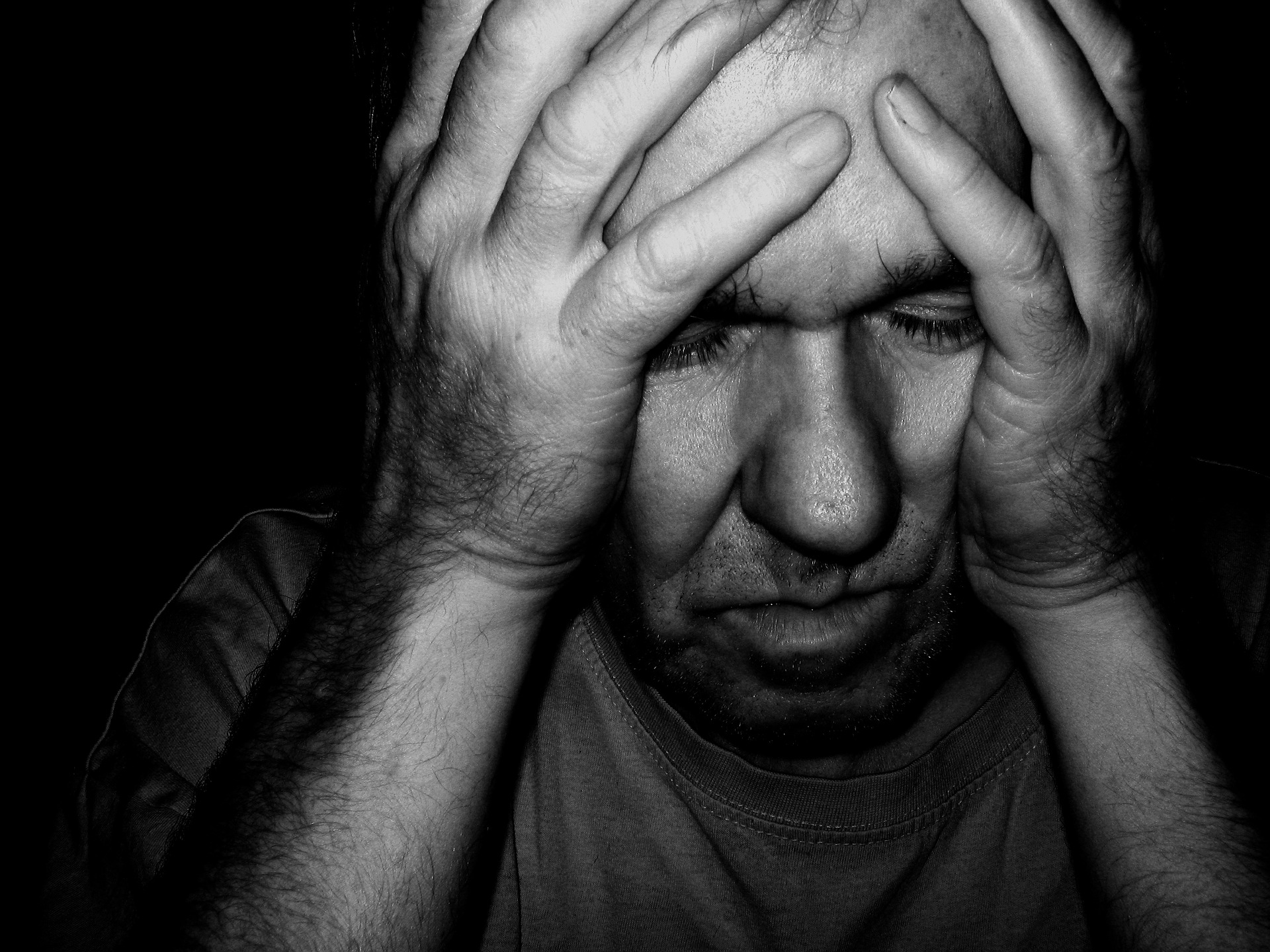

The internet is covered in keto flu germs. Keto, the nickname fans have given to the ketogenic diet, has swept the country in a fat-burning storm and left many a groggy dieter in its wake. The so-called “keto flu” is a loose collection of general symptoms that many people going onto the keto diet experience.
Keto flu sufferers describe a wide range of symptoms from brain fog to fatigue to nausea and everything in between. It’s pretty non-specific and not everyone even gets it, but nutritionists describe it as just generally not feeling well. But what actually is it?
“Metabolically I’m not quite sure what causes it,” says Teresa Fung, a professor at Simmons College and a clinical nutritionist, “but usually when people have a big change in their diet their body needs some time to adjust.” The keto diet in particular constitutes a massive shift from the foods most Americans eat, and some of the new dietary choices probably exacerbate the adjustment period.
First, a quick review: keto is essentially an extreme version of a high-fat, low-carb diet. In the strictest sense, you’re supposed to get around 80-plus percent of your calories from fat, consume one gram of protein per kilogram of bodyweight, and eat just 10 to 15 grams of carbs daily. The average American usually gets about half of their calories from carbs, so this is going to involve a major shift in the way most people eat.
The ketogenic diet originally treated not obesity but epilepsy. Severe, intractable forms of epilepsy can sometimes be managed by forcing the body into ketosis, which prompts the brain to use ketone bodies for energy rather than glucose. Fung says that not all patients respond to the diet and that it’s generally reserved only for children, because it’s so hard to get adult bodies into the level of deep ketosis required to treat epilepsy.
But adults who try keto to lose weight can still have issues. The most obvious is fatigue, which likely comes from cutting down so drastically on carbohydrates—they provide a quick and easy store of glucose molecules for the body to use as energy. Without carbs, it’s easy to feel more tired than usual. And then there are the other shifts.
“They’re cutting out a large chunk of the usual foods they eat and starting to eat a huge amount of fat,” Fung explains. “It’s very heavy and the stomach doesn’t necessarily feel good about that.” On top of a big ol’ fat load, Fung says new keto-ers might also fail to get enough fiber, since fiber comes largely from whole grain bread products and fruits or veggies—many of which have too many carbohydrates to fit into the keto diet. Sans fiber, you’re likely to get constipated within a few days, and that definitely won’t make you feel well. Getting all stopped up can be more uncomfortable than you think.
Fung also points out that the diet is fairly high in the kind of high-fat foods that often contain lots of sodium, which just exacerbates the problem. “You’re getting lots of salt, not enough fiber—it’s just generally not that great in terms of your bodily comfort.”
And there’s your gut bacteria.
Fung points out that a lot of the foods that support a healthy gut microbiome get cut out in the keto diet. Beans and legumes are too starchy and carb-filled to make it onto the meal plan, as are whole-grain bread products, but all of these are prebiotic benefactors. They foster a gut environment that can support good bacteria. “There’s so much connection between gut bacteria and the brain that I wonder whether the brain changes come from the changes in gut bacteria,” Fung says. She notes that the microbiome also helps regulate mood, which may be why many keto-flu victims complain of irritability. Of course we don’t really know, and Fung stresses that there’s still so much we don’t understand about the effects various diets have on our bodies. She’s speculating based on her knowledge, but there’s no real data to look to.
On top of that, you may get dehydrated. The lack of carbs in the keto diet forces your body to call on its glycogen stores, which is how your body stores glucose long-term. Glycogen acts like a sponge, soaking up water molecules, so as you lose glycogen you also drop a lot of water weight. That’s why you suddenly feel so thin. You may need to drink more water than normal to rehydrate yourself as your body adjusts, but it’s also important to note that you can’t live the rest of your life with no glycogen. These reserves are an important way for your body to get fuel when it needs it, and though glucose seems like the enemy it’s also how your body functions best. Ketone bodies are a last resort—it’s literally starvation mode—and your body was never designed to run on them for long periods of time.
If you’re determined to stick with keto, though, know that the only cure to keto flu is to not jump on the bandwagon quite so quickly. Fung says she doesn’t recommend making such a drastic shift in diet—changing over more slowly gives your body time to adjust. Then again, she doesn’t advise the keto diet at all unless you’re doing so to treat epilepsy (and under the guidance of a professional nutritionist). People who switch to extreme diets don’t generally stick with them long-term, and as soon as they return to their normal eating habits they tend to gain back more weight than they lost. Between that and keto flu (and the other negative health impacts of the keto diet), it may not be worth the time and energy you’ll spend finding keto-friendly recipes online. Fung recommends looking for a gentler diet switch and thinking long-term about your food. After all, she says, “eating is a lifestyle.”
Note: this article has been updated with additional information
